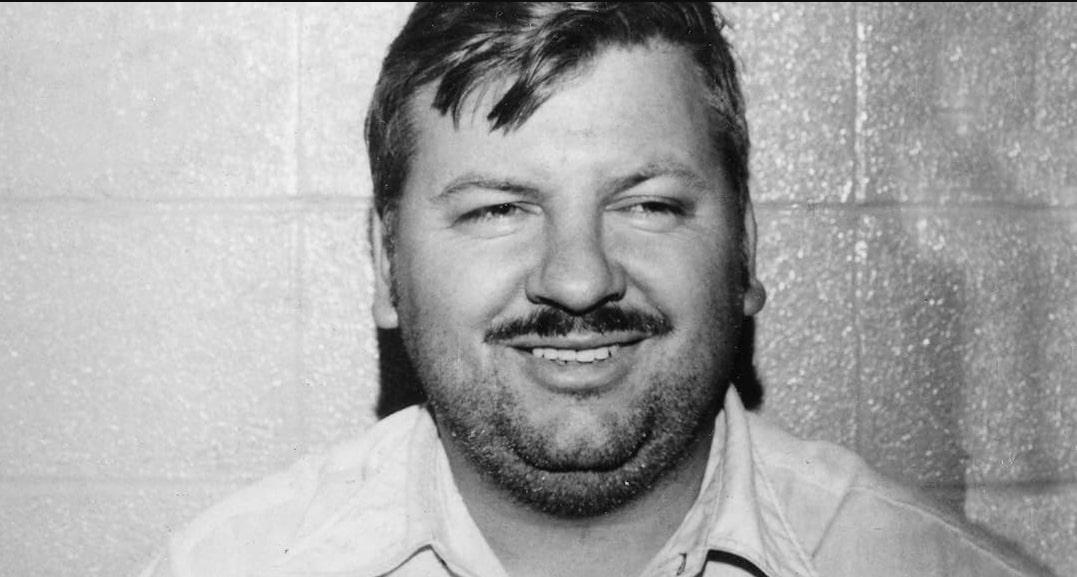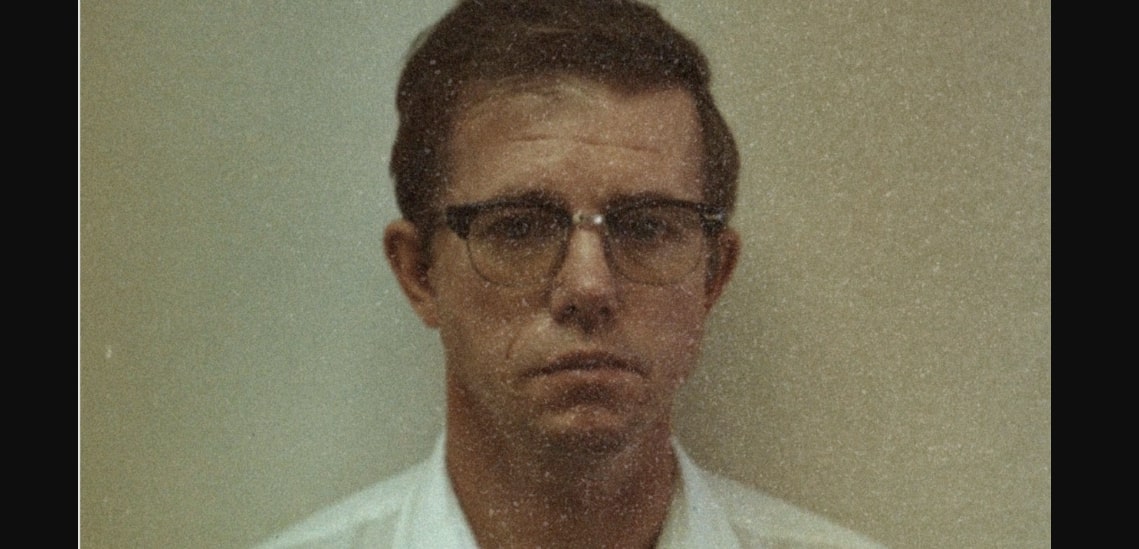Directed by Dylan Pearce, Lifetime’s ‘The Little Girl Who Lived’ follows the chilling story of Alice, who is forced to confront serial killer Strigoi for a second time. Now a rising crime novelist, Alice has written a book about her childhood abduction, detailing how she became the sole survivor and managed to escape. The book earns critical acclaim, but her nightmare resurfaces when the same man returns and kidnaps her sister. Strigoi demands she rewrite her story to portray him more favorably after revealing he has little time left due to cancer. The film creates an engaging, horror-tinged thriller about vengeance, trauma, and how the past refuses to stay buried.
The Little Girl Who Lived Seemingly Outlines Predators of the Real World
Serial killers targeting children are, tragically, not uncommon, and in many cases, their crimes remain undetected for years. The horrifying reality is that such predators can re-enter a survivor’s life, reigniting fear and trauma. While The Little Girl Who Lived is a work of fiction, it taps into these real-world fears, drawing inspiration from countless cases worldwide where children were abducted, threatened, or manipulated. By blending true-crime elements with imaginative storytelling, the film explores the lingering psychological impact of such horrors, showing how past trauma can resurface in unexpected ways, keeping audiences on edge while reflecting dark truths of the real world.

While films like ‘The Little Girl Who Lived’ explore the terrifying idea of serial killers targeting children, history shows that such threats are real. John Wayne Gacy, known as the “Killer Clown,” is one of the most notorious examples. Born in 1942 in Chicago, Illinois, he lured teenage boys and young men under false pretenses, exploiting their trust. Between 1972 and 1978, Gacy was responsible for the deaths of at least 33 young men. He remained undetected for years due to his public persona and ability to manipulate those around him. Arrested in 1978, Gacy was later convicted and executed in 1994. His case underscores the chilling reality behind fictional stories of predators targeting children.
The Movie Highlights How Traumatic Encounters Shape a Survivor’s Life
Although rare, there are reported instances where serial killers return to victims who escaped, but more commonly, offenders revisit the sites of their crimes. This behavior, known as “scene revisitation,” allows killers to relive the act, feel a sense of control, or derive psychological satisfaction from their past crimes. A well-documented example is Robert Hansen, the “Butcher Baker” from Alaska, who abducted and murdered multiple women between 1971 and 1983. Hansen often returned to remote areas where he had previously hunted or attacked victims, sometimes observing the locations to relive the experience. Such patterns indicate that revisiting places or people that remind the perpetrators of their actions is a frequent behavior among serial offenders.

The character of the serial killer Strigoi is not modeled on any single real-life offender but appears to be inspired by common patterns and behaviors observed among such criminals. The film captures the genuine fears that survivors often carry after escaping an attack and shows how a single encounter can leave lasting psychological impacts. It highlights the ongoing vulnerability and vigilance that can shape their decisions, relationships, and worldview. It emphasizes the long-term effects of surviving a violent crime without fictionalizing the emotional reality of such experiences.


